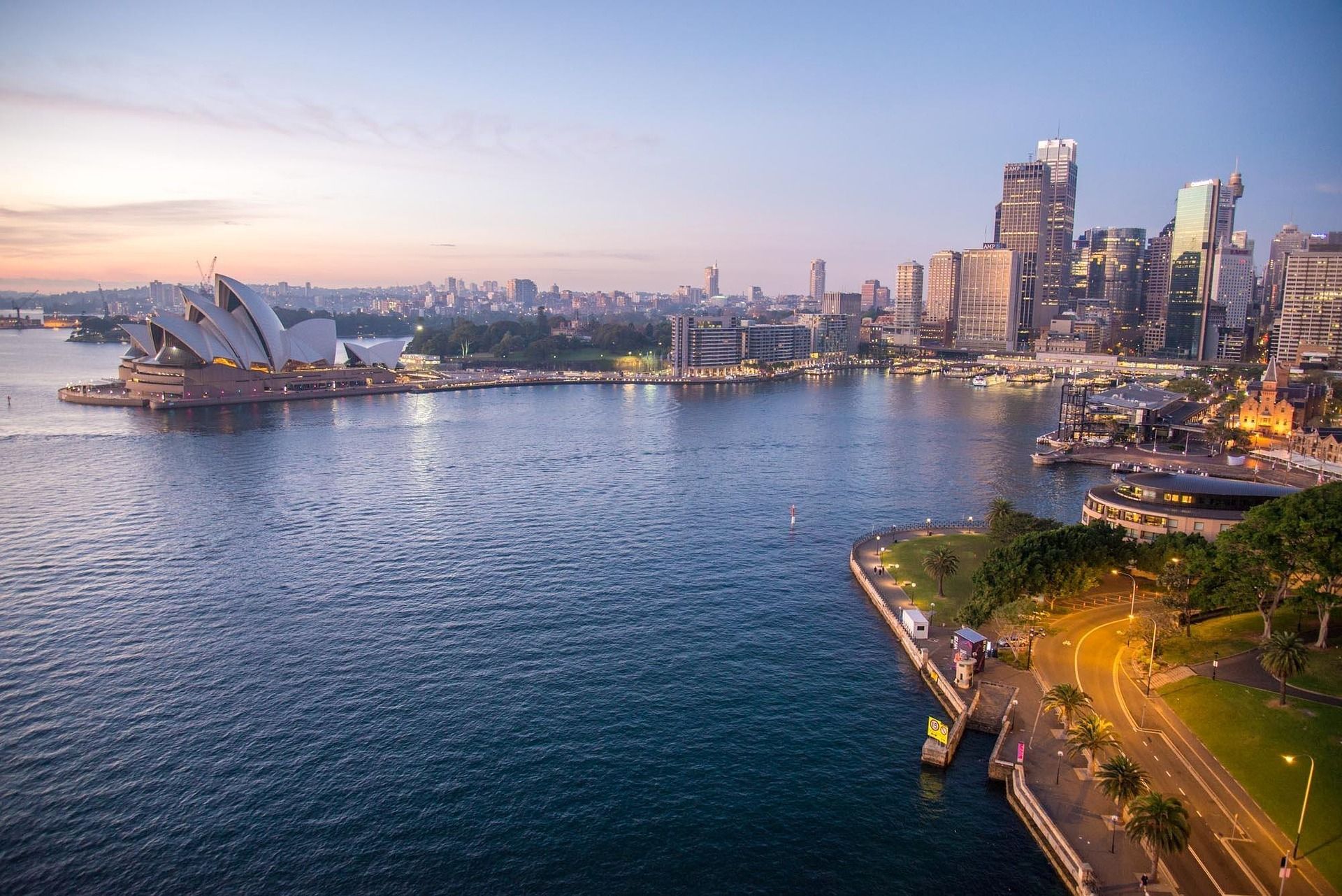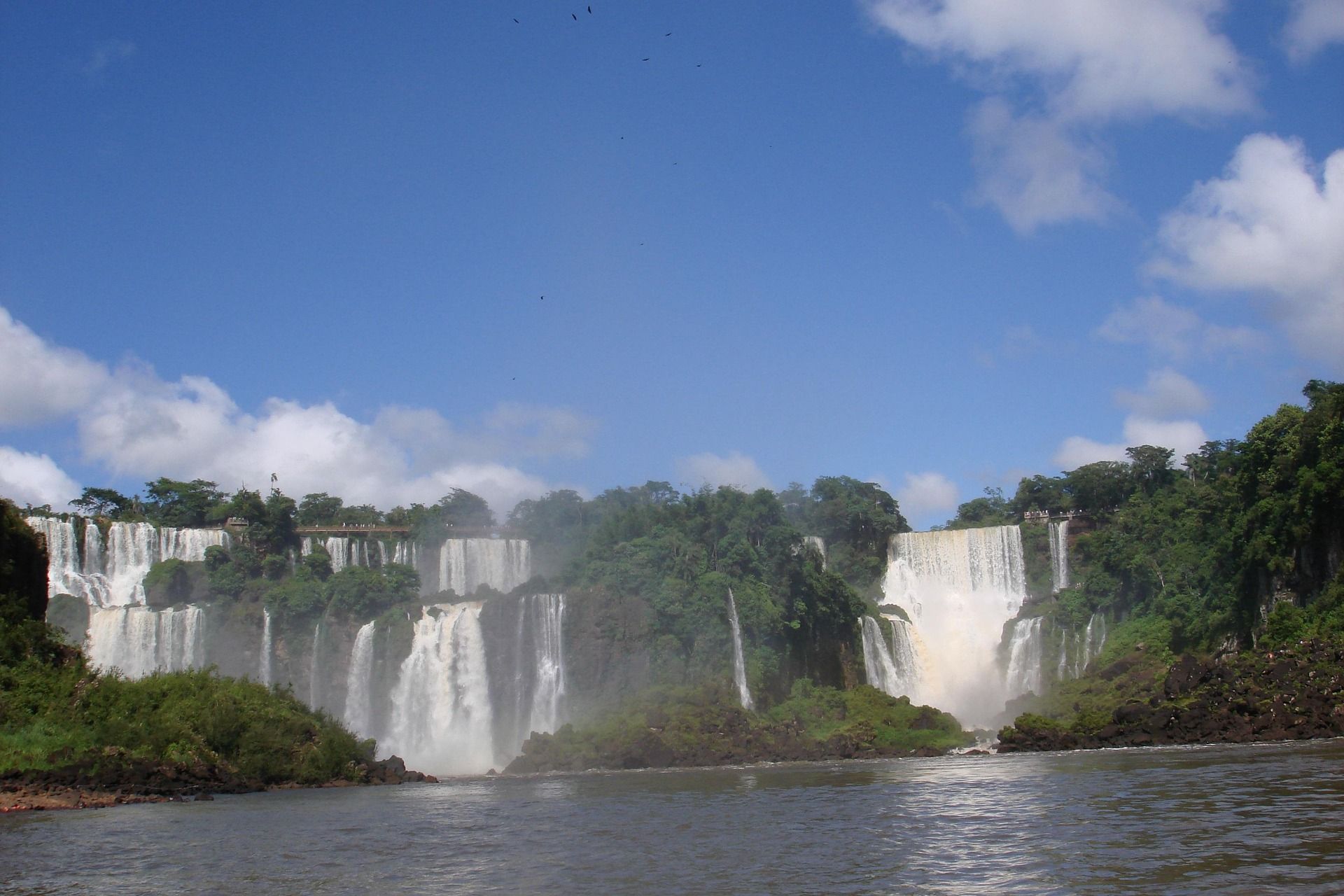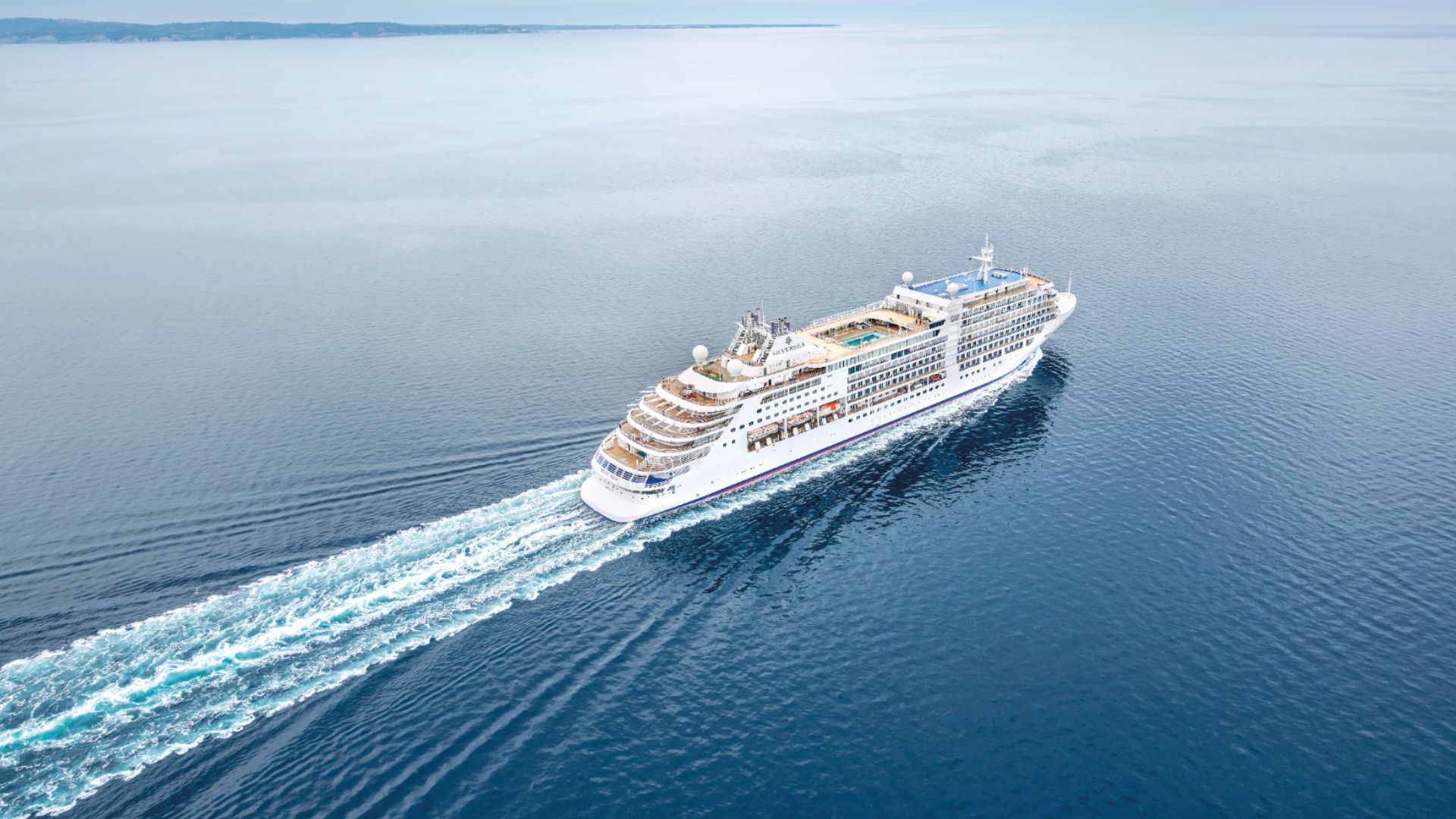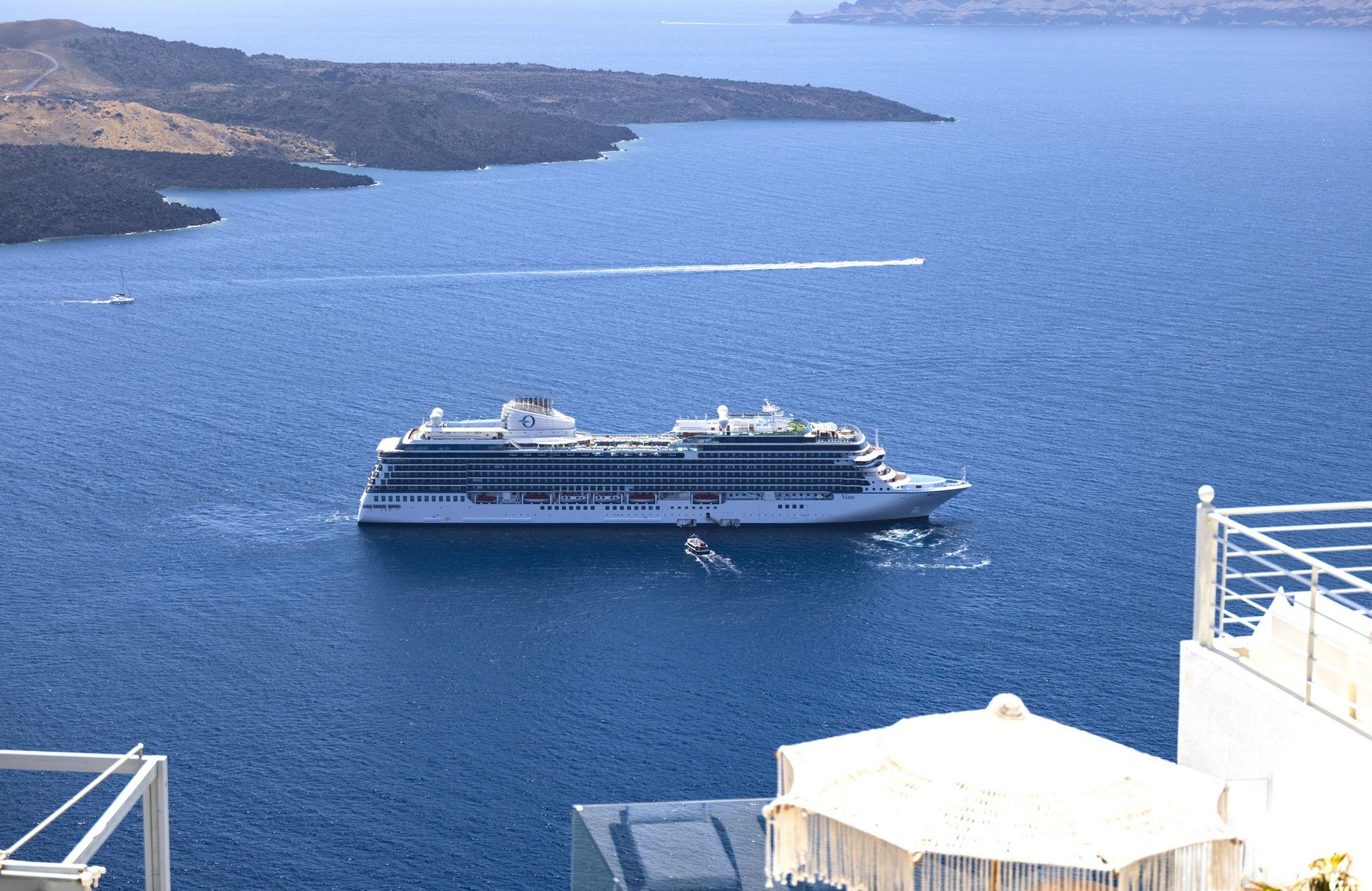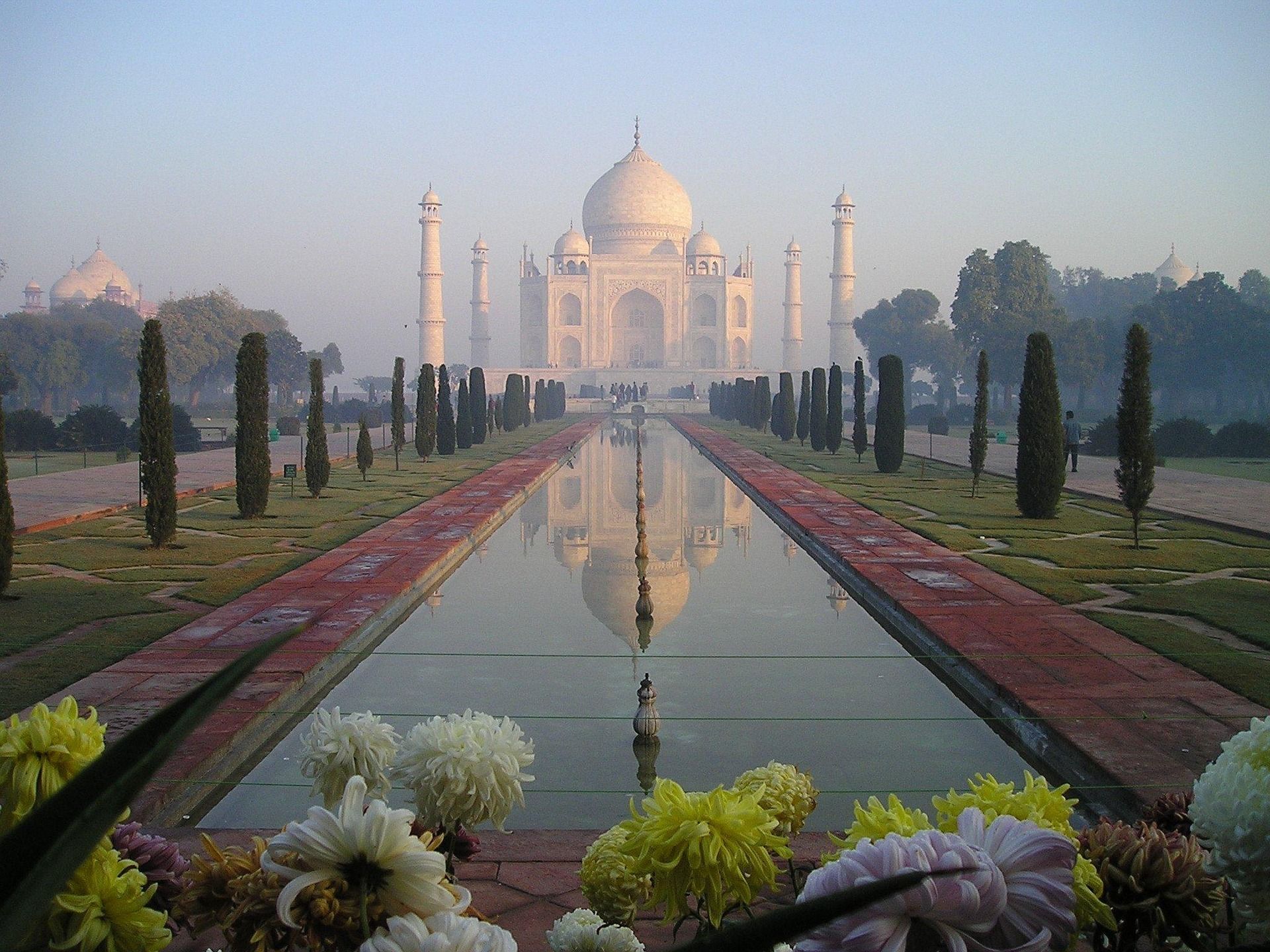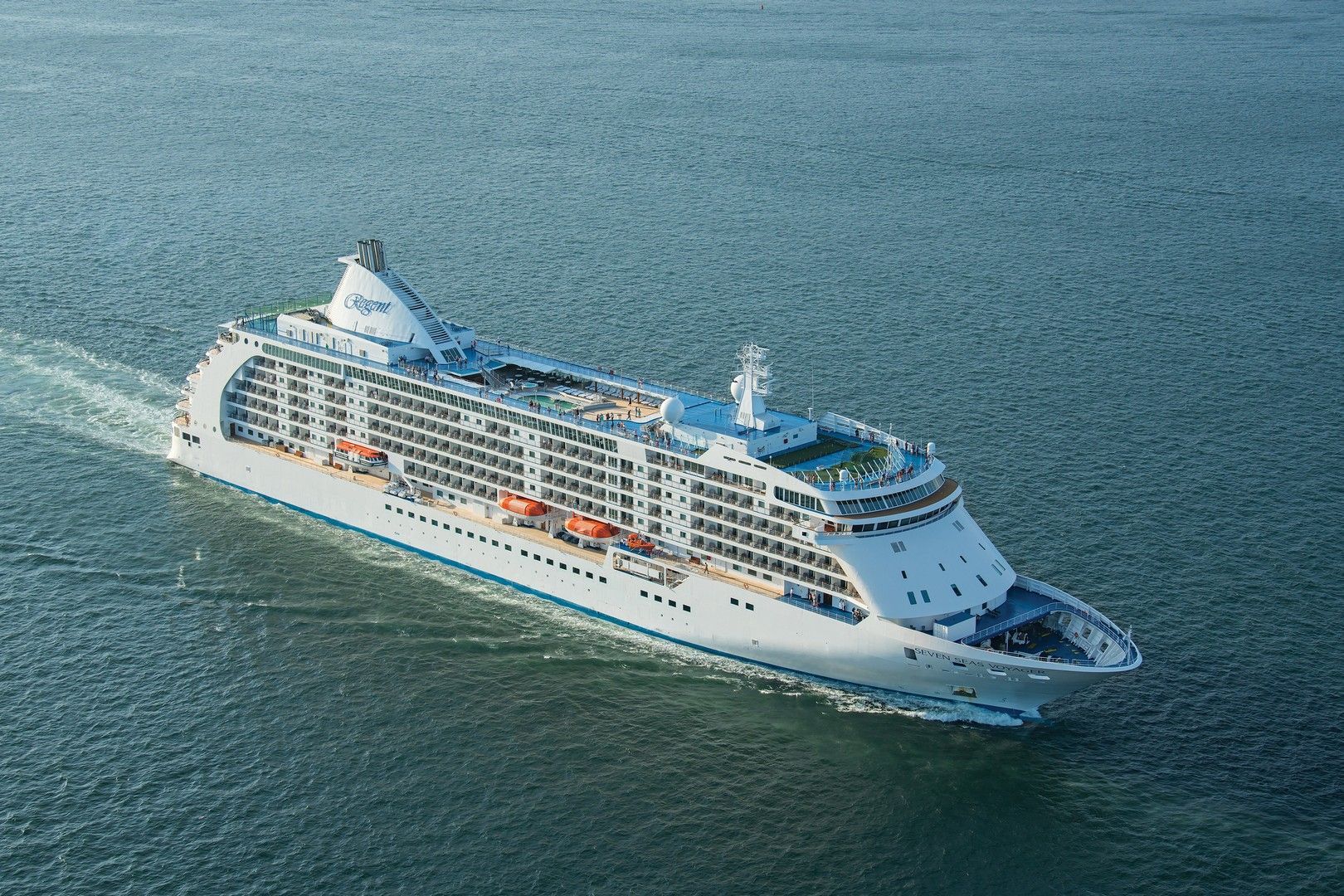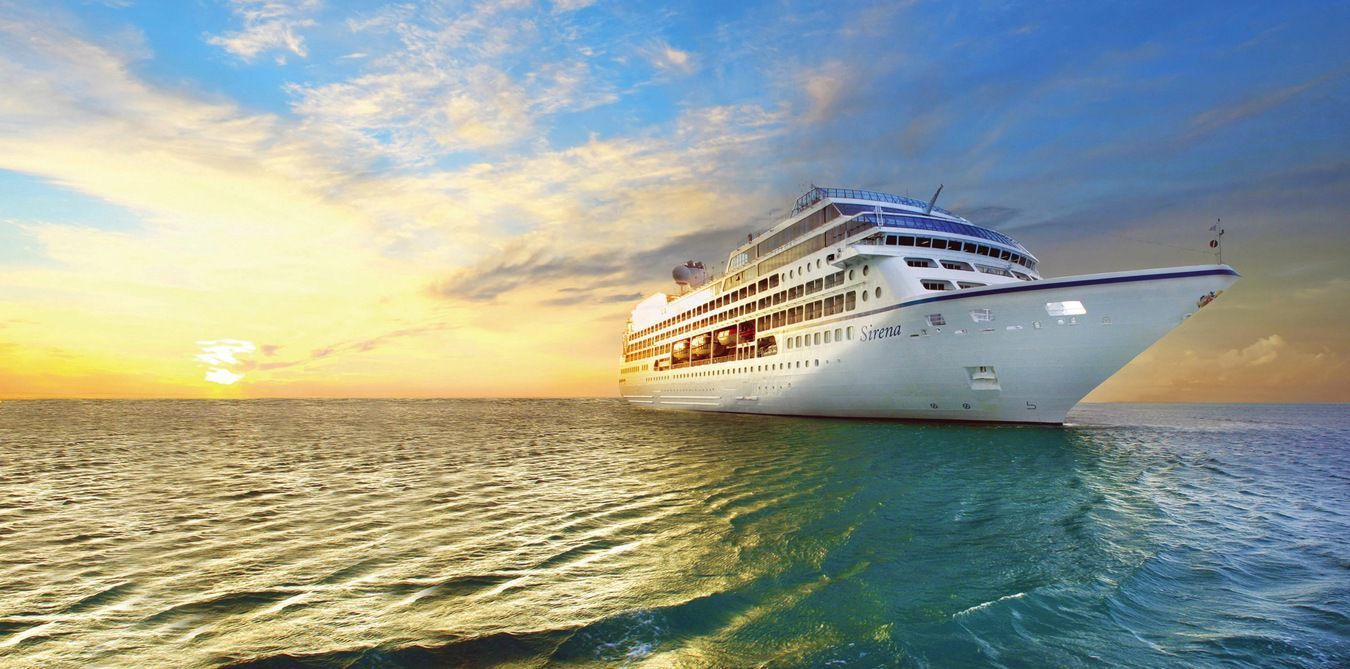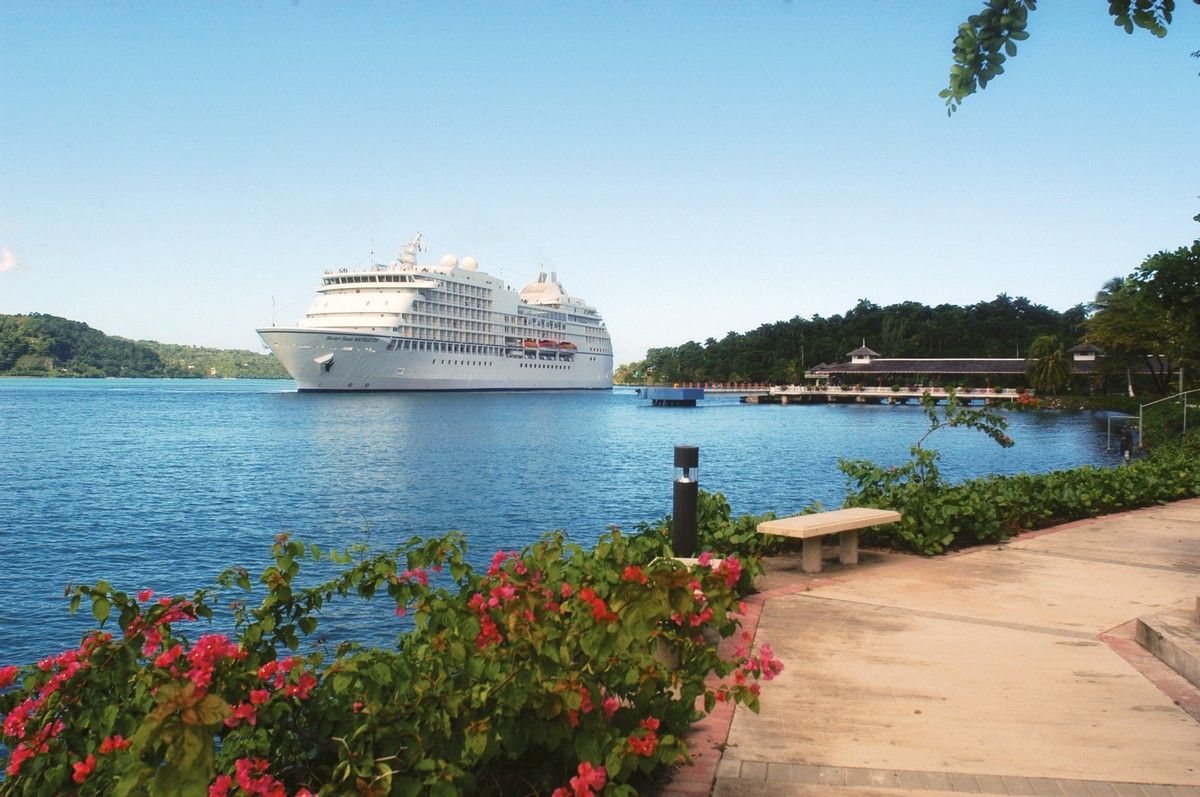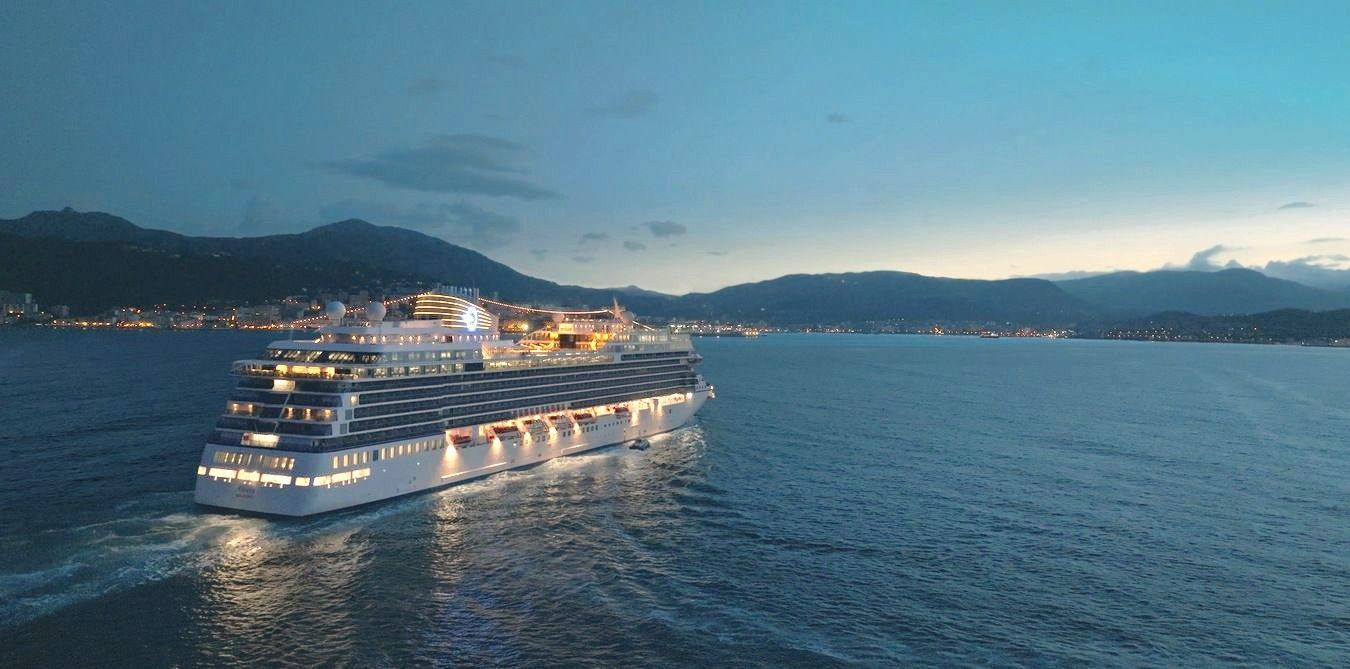Follow Us
Join our newsletter
We will get back to you as soon as possible
Please try again later
LOWER DANUBE CRUISE REVIEW EMERALD RIVER CRUISES BELGRADE
In this blog series, Amy shares her experiences of cruising the Lower Danube with Emerald Cruises. While the Upper Danube, flowing from Germany to Budapest, is one of the most popular rivers to cruise, the Danube continues further east until it eventually reaches the Black Sea, and you can enjoy river cruises through Serbia, Croatia, Bulgaria and Romania.
In this blog, Amy shares her experiences of the Serbian capital of Belgrade. Learn more in her Emerald lower Danube river cruise review.
The river Danube flows through four capital cities, three of which – Vienna, Bratislava and Budapest – form a compact triangle in the heart of Central Europe on the upper Danube and (Vienna and Budapest certainly) are an integral part of a classic river cruise itinerary, but the fourth can be visited on a Lower Danube cruise.
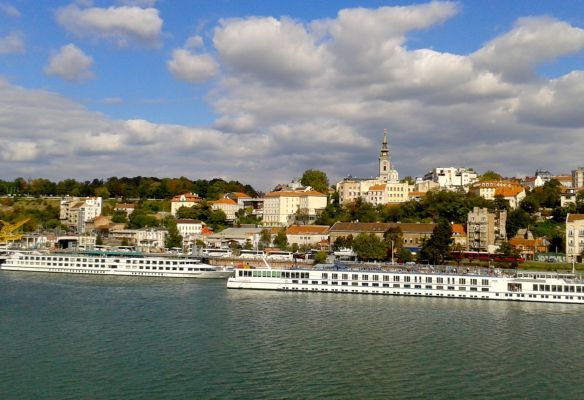
The Serbian capital of Belgrade (the former capital of Yugoslavia) is currently included on Emerald River Cruises Enchantment of Eastern Europe itinerary, and will also be included on the new 11-day Grand Danube itinerary, which cruises between Passau in Germany and Belgrade, and it was our second port of call on our Emerald Sun river cruise.
In Belgrade, Emerald Cruises offer two different ways to explore the city; with the EmeraldACTIVE option , you can explore by bike, or – if, like me, you’re not very keen on cycling at all – you can enjoy a guided tour of the city instead.
BELGRADE TOUR WITH EMERALD CRUISES
The first stop on our city tour from Emerald Cruises was the striking Church of St Sava, one of the largest church buildings in the world. The Church dominates much of the city’s skyline, and has capacity for 10,000 standing worshippers, and 850 choristers on 3 balconies.
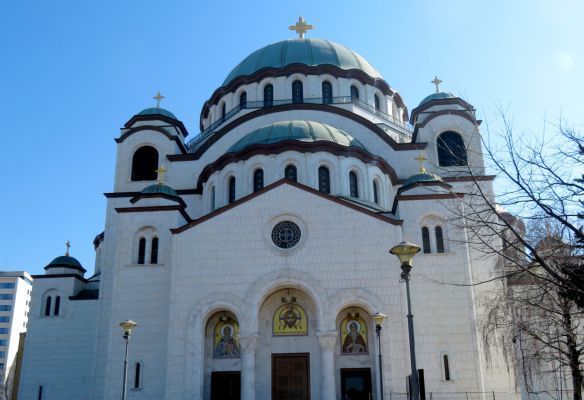
Dedicated to St Sava, a 12th century prince and Orthodox monk who founded the Serbian Orthodox Church (and Serbian law), the Church is built on the presumed site of his grave, where the coffin had been moved from its original site in Mileševa Monastery to Belgrade, and in 1595 the coffin was placed on a pyre and burnt by Ottoman Grand Vizier Sinan Pasha. The first stone was laid in 1935, yet the building remains incomplete. Largely inspired by Istanbul’s iconic Hagia Sophia, (and since the conversion of the Hagia Sophia to a mosque in 2020, there are some that hope St Sava will symbolically replace it as ‘the new Hagia Sophia), but construction has seen many trials and obstacles put in the way of completion.
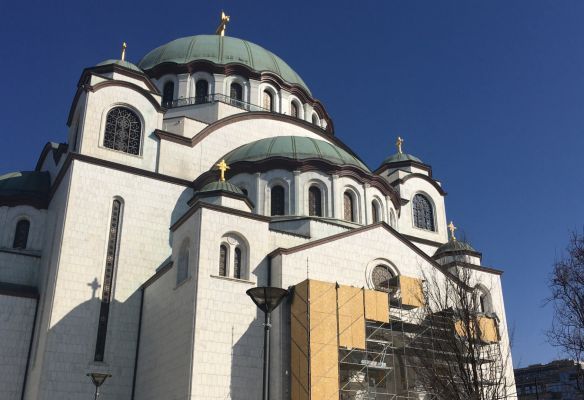
By 1941 when Yugoslavia was under occupation, construction had reached 10m in height, and was used as a depot by the German army and Tito’s partisans, but building did not restart immediately after the war, as the Orthodox Church was unsuccessful in its attempt to secure permission to complete the building. It wasn’t until 1984 that permission was finally granted, and a year later 100,000 people attended a liturgy held in the temple, marking a turning point in the then-communist country and the church’s position. In 1989, the 4,000 tonne concrete dome – constructed entirely on the ground – was raised to its present position.
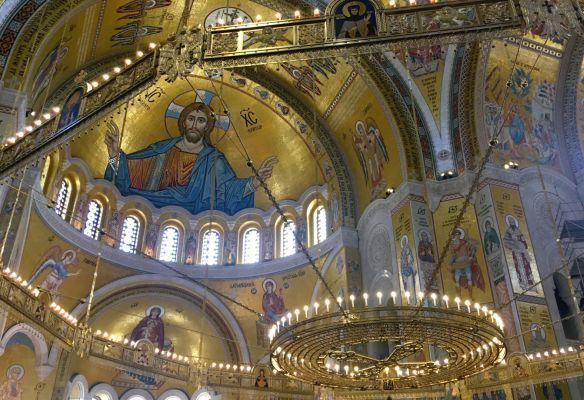
Yet, there are still parts waiting to be completed! Not least the interior cladding with 12,000 m2 of gold mosaic. Despite this and the scaffolding, the beauty and majesty of the church is not diminished; its marble and mosaics remain awe-inspiring.
MUSEUM OF YUGOSLAVIA
Hopping back on to the bus, our second stop was the Museum of Yugoslavia, which is comprised of three buildings, all of which were previously part of the ‘Josip Broz Tito’ Memorial Centre, although Tito remains the focus of the museum.
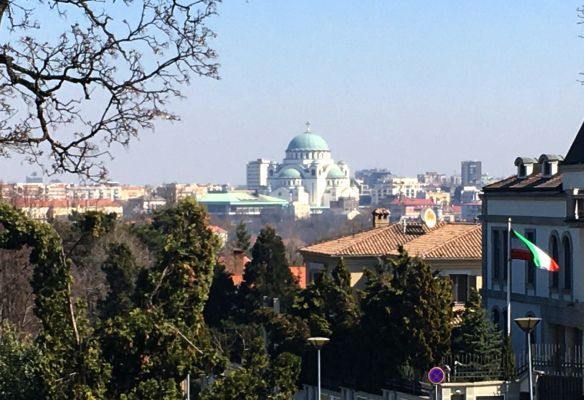
From the vantage point outside the Museum, the Church of St Sava can still be viewed. Parts of the Museum we saw on our tour included the ‘House of Flowers’ where Tito was laid to rest, and exhibits including various gifts that had been given to Tito.
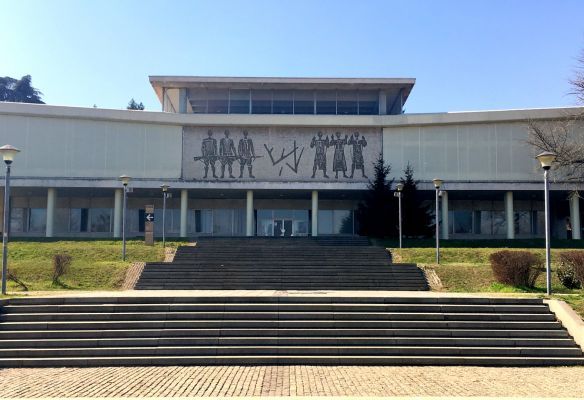
While we had the opportunity to learn about Tito, and the years of his rule, his post-war split with Stalin and Communism, how he was widely respected internationally and beloved (even almost deified) by his people, yet our tour guide was not shy about sharing his own personal views, explaining that there were generational divides between how people viewed him. While older generations still adored him, as someone middle aged, our guide explained that he felt that this adulation led to a vacuum, and once this unifying presence was no longer (and with the massive burden of debts from loans that Tito took out from the US and the World Bank in the 50s and 60s), the situation became destabilised until it was so fractured that Yugoslavia descended into the awful wars of the 1990s. The guide also noted that Tito was not always a benevolent ruler, executing hundreds and keeping 20,000 political prisoners on an island in Croatia (2,000 of whom died).
BELGRADE FORTRESS
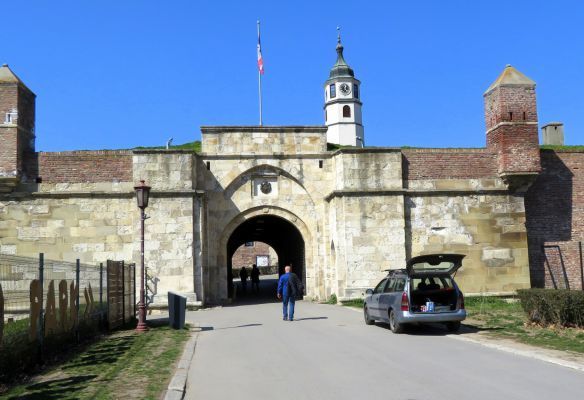
Belgrade – or white city/fortress – takes its name from the fortress built on a white ridge at the confluence of the Danube and Sava rivers. This was the birthplace of the city, and for many centuries, the city was contained within its walls. It wasn’t until the 17th and 18th centuries that people really began to settle beyond the fortress. Beogradska Tvrđava is an imposing building dating back to the Roman period, although little can be seen today from the fortress’s earliest days (some remains from the Roman era can be found underground, however). The fortress was our third and final stop, and we discovered that most of what is seen today dates back to the Habsburg empire, and we stood over Tito’s bunker.
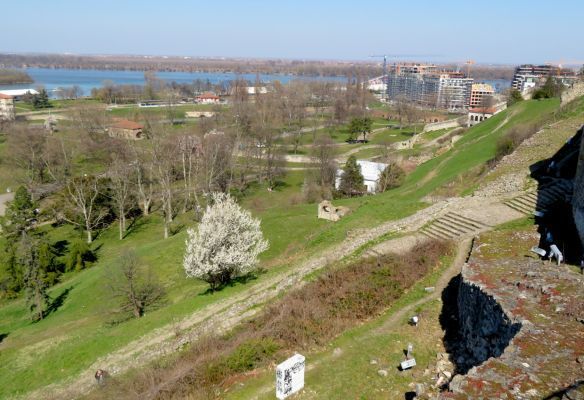
The views over the confluence of the two rivers was beautiful, and the rivers are much of the lifeblood of the city and community, as a popular hub for socialising and nightlife. The fortress also overlooks the spacious layout and modern architecture of the New Belgrade district. Also watching over the New Belgrade district is a statue of a naked man in the fortress parkland, originally positioned to look over then-uninhabited land to spare the blushes of locals being forced to look at a naked statue!
In the late afternoon, I went on a run and decided to follow along the river front, along the curve of the river Sava as it branches into the Danube. In doing so, I turned left as I left the ship, and passed bustling restaurants and bars along the river, but it wasn’t too long until I came to the end of the road, and – following some locals, who were walking ahead – continued along an incomplete track before joining a cycle/footpath along the river, which was clearly popular with couples and families, and had a lovely, convivial atmosphere. It seems that there are plans to build a promenade along the river, it’s just still in construction (not that that stopped my run/assault course!). Part of this footpath is dominated by the shadows of the looming Kalemegdan Park, perched on top of the hill above, where the Fortress can be found.
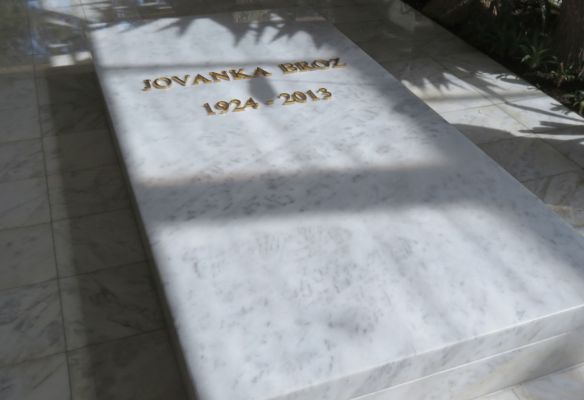
Like Novi Sad, Belgrade surprised me with its lively, cosmopolitan cafe culture, and although there were examples of post-war brutalist architecture that I had been expecting, it really is an eclectic, sprawling city. In the heart of the city, the shell of the former Ministry of Defence building (damaged in 1999 by NATO bombing during the Kosovan War) remains an ugly scar from War, but in many ways, the city is proving to be phoenix-like, with construction breathing new life into the city.
EMERALD CRUISES RIVER CRUISE REVIEWS
ADDRESS
24A Mill Street, Bedford, MK40 3HD
Cruise enquiries 01234 326758
Holiday enquiries 01234 326778
OPENING HOURS
- Mon - Fri
- -
- Saturday
- Appointment Only
- Sunday
- Closed
For the latest travel advice from the Foreign & Commonwealth Office including security and local laws, plus passport and visa information, visit FCO Travel Aware website
Select Travel Holidays operate under the license of Fred. Olsen Travel
Financial Protection Before You Travel Booking Conditions Privacy Policy Cookie Policy Website Terms of Use Website by TMS


